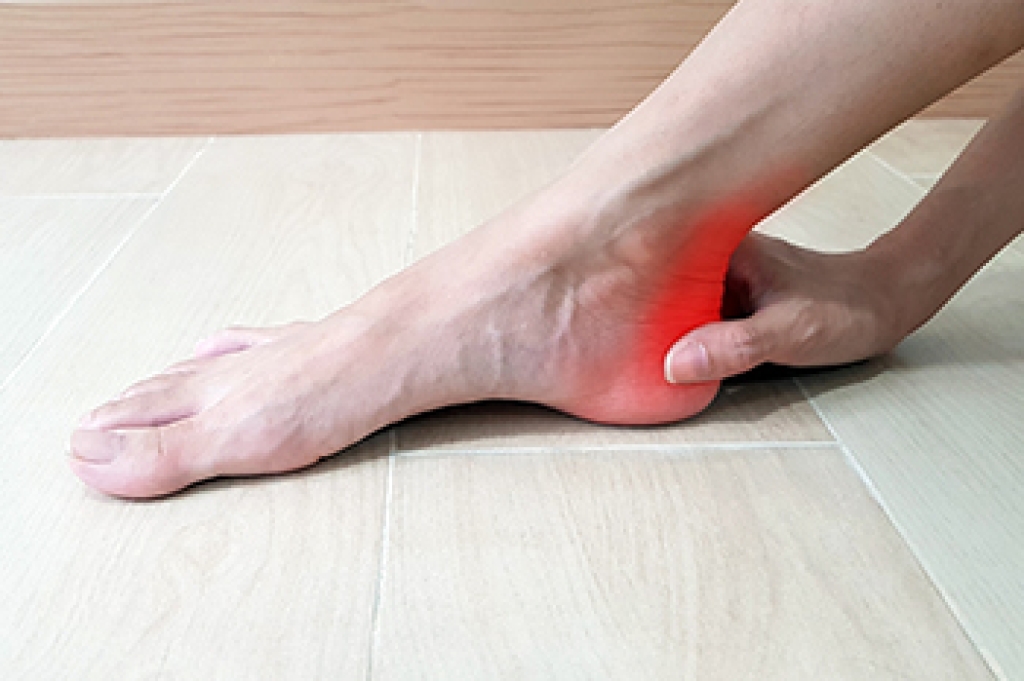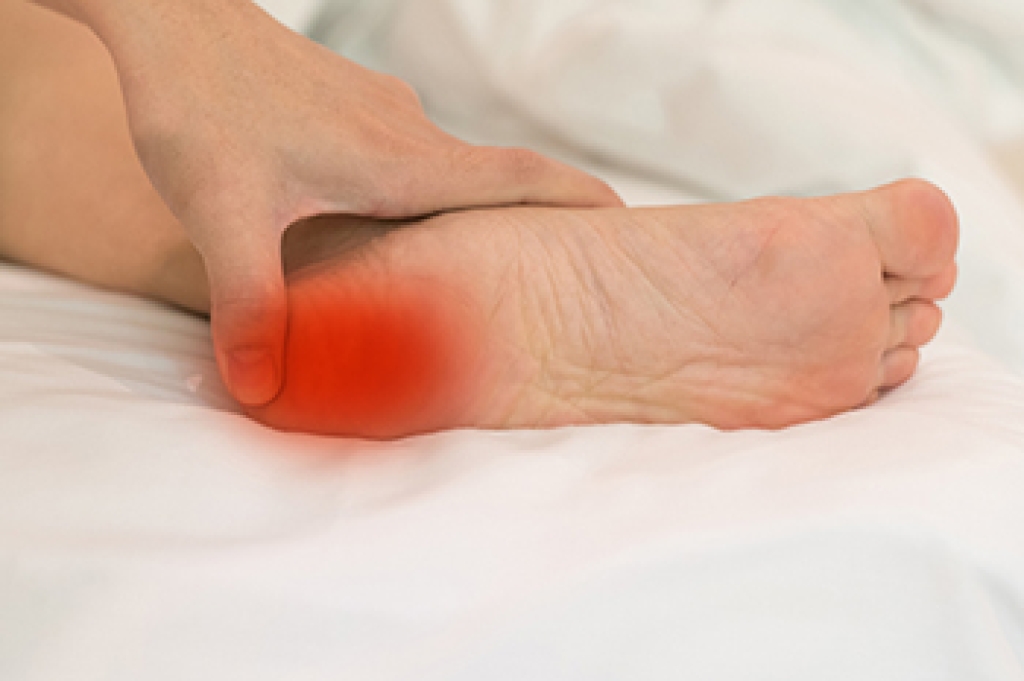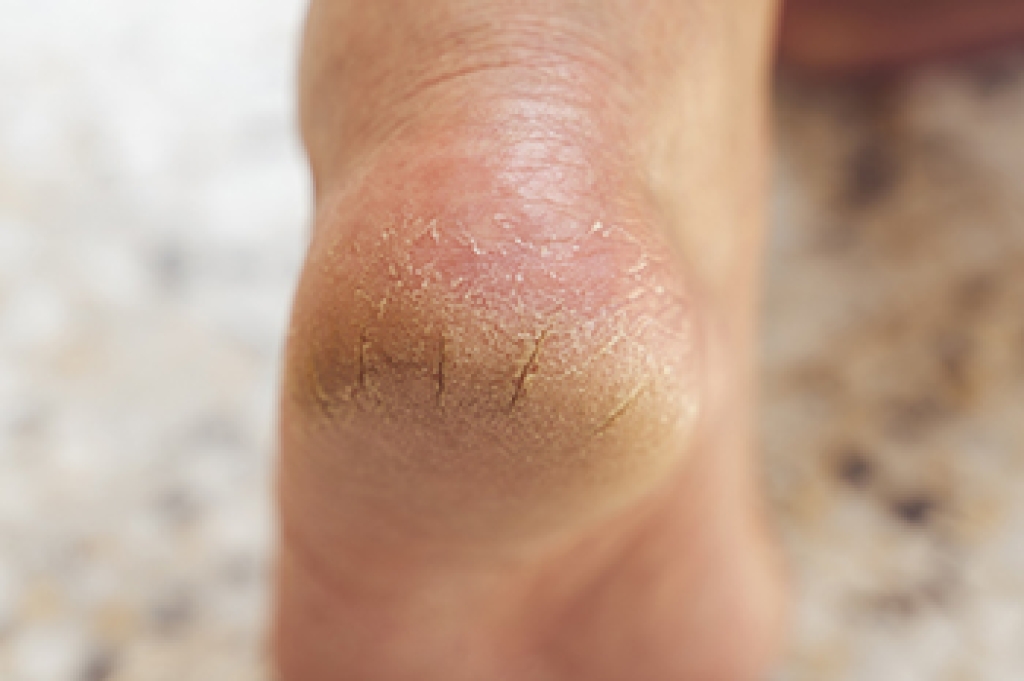
Achilles tendon injuries can cast a shadow over the start of the day, with many individuals experiencing heightened discomfort in the morning. This specific pain is often a result of the tendon's response to a period of inactivity during sleep. As the body rests, the tendon may tighten, and upon resuming activity, the sudden stretching can induce pain and stiffness. This morning agony is a common symptom in conditions such as Achilles tendonitis or tendinosis, where the tendon undergoes repetitive stress or degeneration. It is essential to recognize the significance of a gradual warm-up routine before stepping out of bed, incorporating gentle stretches to prepare the Achilles tendon for the day ahead. Additionally, wearing supportive footwear and avoiding sudden, high-impact activities in the morning can contribute to managing and minimizing the discomfort associated with Achilles tendon injuries during those initial awakening moments. If you have endured this type of injury, it is suggested that you are under the care of a podiatrist who can guide you toward effective treatment and relief techniques.
Achilles tendon injuries need immediate attention to avoid future complications. If you have any concerns, contact Kent DiNucci, DPM of Ankle and Foot Clinic . Our doctor can provide the care you need to keep you pain-free and on your feet.
What Is the Achilles Tendon?
The Achilles tendon is a tendon that connects the lower leg muscles and calf to the heel of the foot. It is the strongest tendon in the human body and is essential for making movement possible. Because this tendon is such an integral part of the body, any injuries to it can create immense difficulties and should immediately be presented to a doctor.
What Are the Symptoms of an Achilles Tendon Injury?
There are various types of injuries that can affect the Achilles tendon. The two most common injuries are Achilles tendinitis and ruptures of the tendon.
Achilles Tendinitis Symptoms
- Inflammation
- Dull to severe pain
- Increased blood flow to the tendon
- Thickening of the tendon
Rupture Symptoms
- Extreme pain and swelling in the foot
- Total immobility
Treatment and Prevention
Achilles tendon injuries are diagnosed by a thorough physical evaluation, which can include an MRI. Treatment involves rest, physical therapy, and in some cases, surgery. However, various preventative measures can be taken to avoid these injuries, such as:
- Thorough stretching of the tendon before and after exercise
- Strengthening exercises like calf raises, squats, leg curls, leg extensions, leg raises, lunges, and leg presses
If you have any questions please feel free to contact our office located in Omaha, NE . We offer the newest diagnostic tools and technology to treat your foot and ankle needs.




